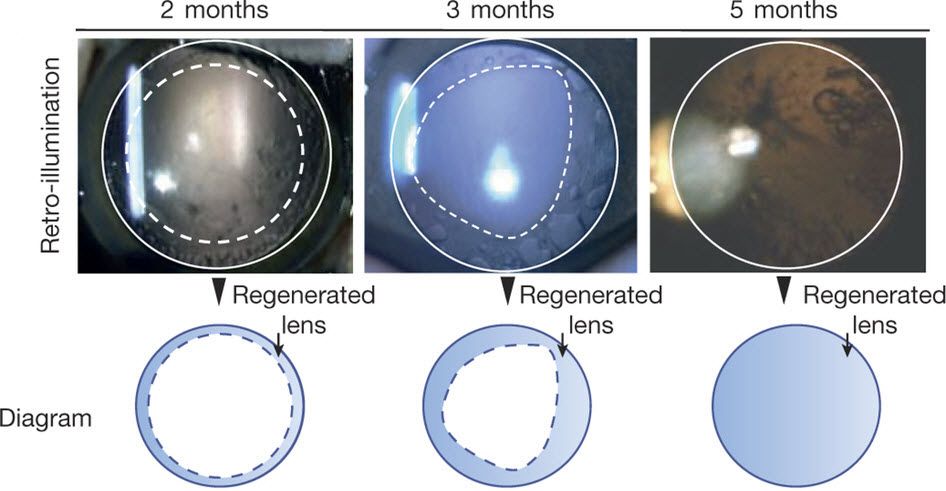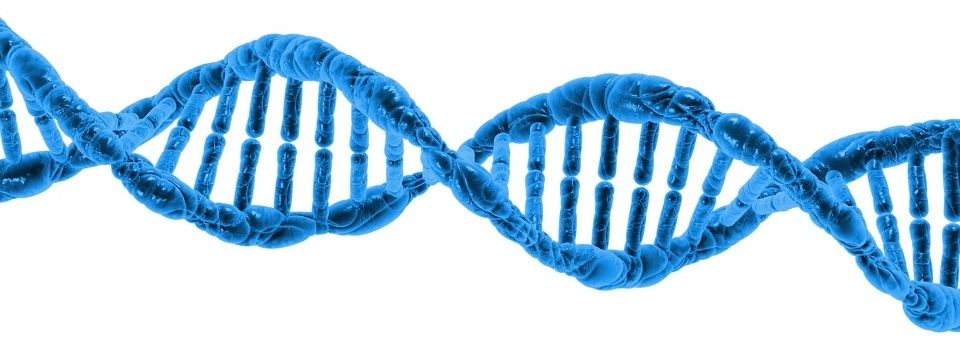EU Justice Ministers Claims Cyber Attackers are terrorists. I wouldn’t say all of them are terrorists. Those who attack hospitals, attack government infrastructures, threaten markets, etc, are terrorists. The next door neighbor’s 13 yr old kid hacking to use your wireless internet service; not a terrorist.
European Union justice ministers on March 11th adopted a general approach on the directive on combatting terrorism, including serious cyber crimes, informs LETA/BNS.
On Friday the council greed its negotiating position on the proposal for a directive on combatting terrorism. The proposed directive strengthens the EU’s legal framework in preventing terrorist attacks by criminalising preparatory acts such as training and travel abroad for terrorist purposes – hence addressing the issue of foreign fighters – as well as aiding and abetting, inciting or attempting such acts. It also reinforce rules on the rights for the victims of terrorism, the Ministry of Justice said.
Estonian Justice Minister Urmas Reinsalu said in a speech at the Justice and Home Affairs Council that for Estonia it is very important that justice ministers were able to agree on defining serious terrorist cyber attacks as terrorist crimes. This gives the EU additional legal tools in such situations as the cyber attacks that followed the so-called Bronze Night riots that took place in Tallinn in April 2007, he added.






